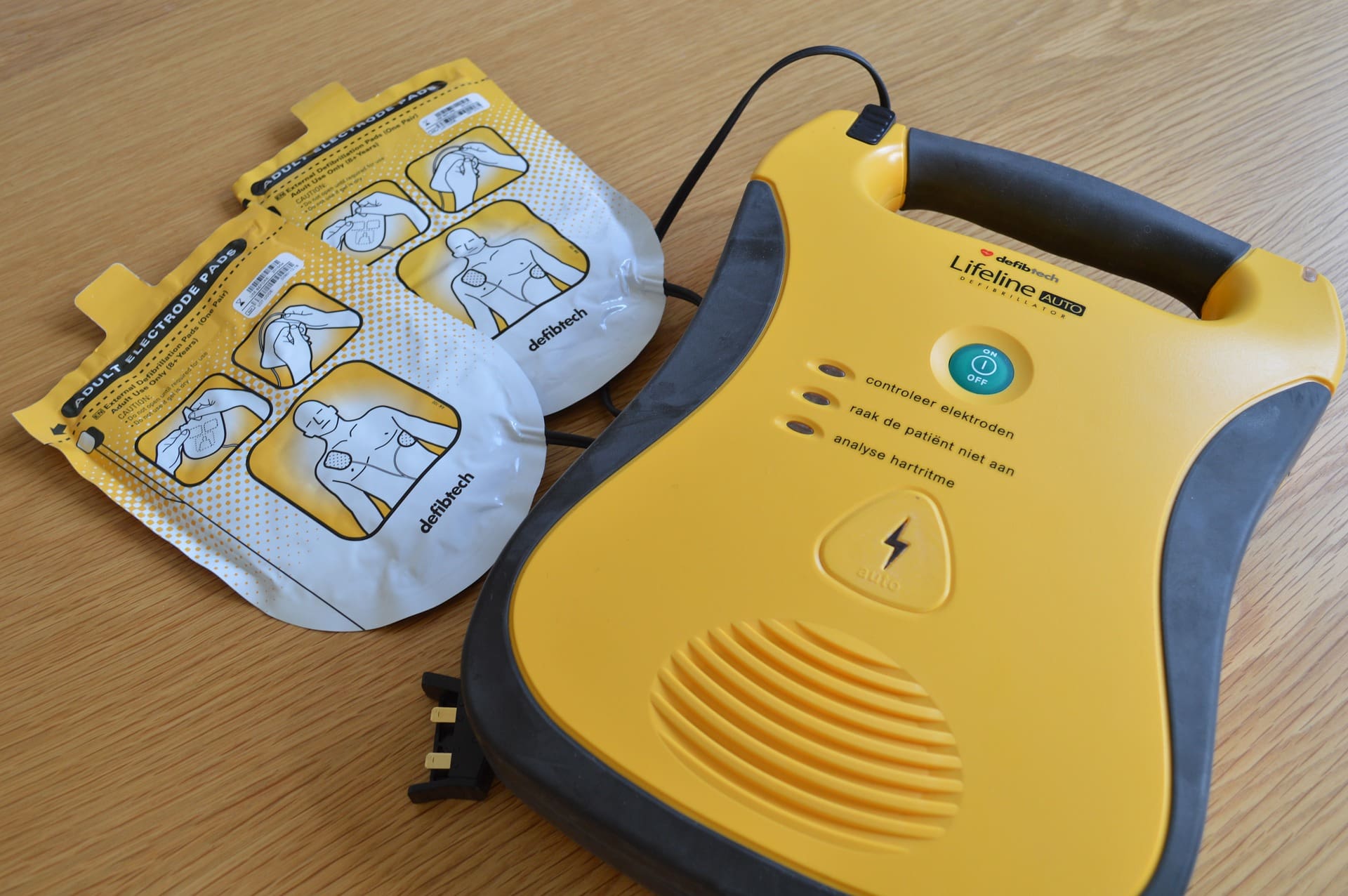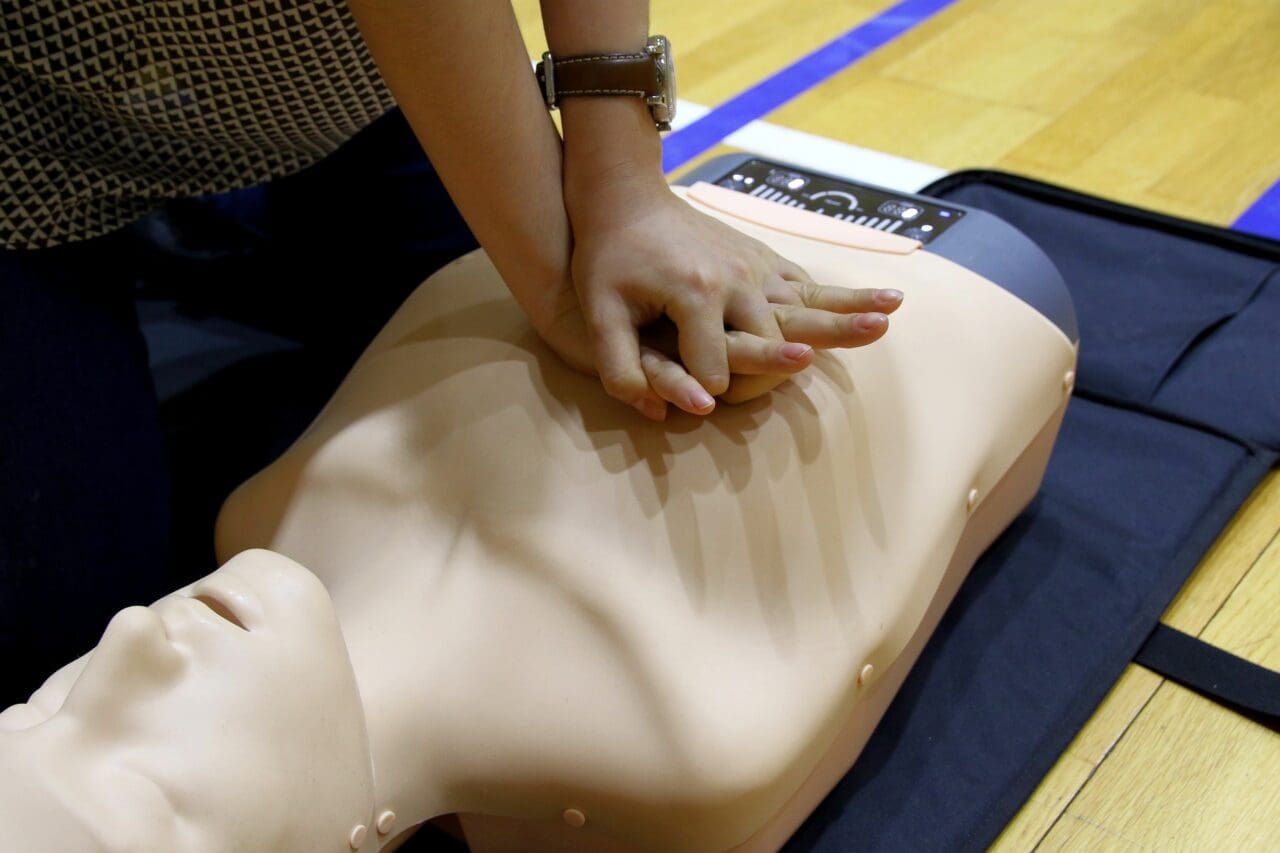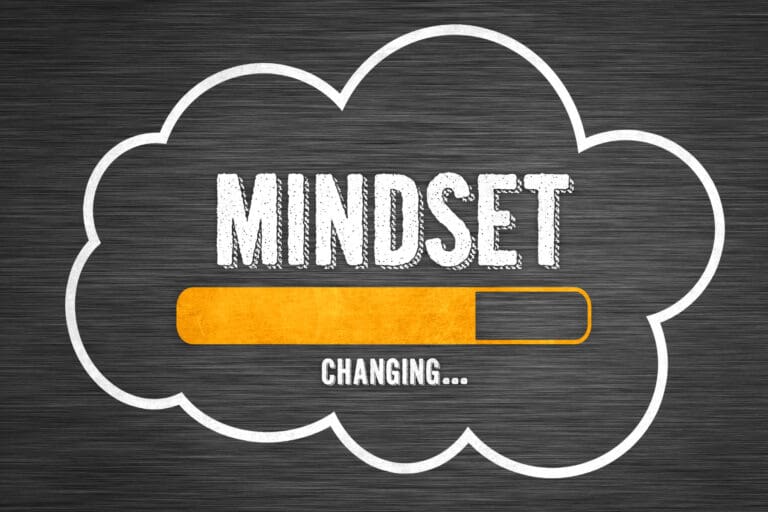Don’t underestimate the importance of CPR. It’s easy to learn and only takes a few hours of training. And knowing how to do it may save the life of someone you love.
CPR Saves Lives
CPR is designed to keep oxygenated blood flowing to the heart and brain when sudden cardiac arrest occurs. Because the heart can’t pump blood, tissue and organ death can occur in minutes without intervention.
Also, cardiac arrest can occur at any time; in fact, it’s the number one killer worldwide with most incidences (69.5%) occuring in the home. Another 18.8% occur in public.
As many as 475,000 Americans die from this condition in a single year, and the American Heart Association notes that sudden cardiac arrest claims more lives worldwide than cancers, auto accidents, influenza, HIV, firearms, and house fires combined.

Cardiac Arrest Can Affect Anyone
We usually assume that only older adults are at risk of cardiac arrest. But many people have undiagnosed heart conditions, including children, that can manifest at any time. That’s why it’s important to be prepared.
CPR Can Quadruple The Odds Of Survival
The mortality rate among out-of-hospital cardiac arrest victims is about 90%. Considering that the vast majority of these events—about 350,000 per year—occur outside the hospital, this is devastating news.
CPR saves lives because it keeps blood flowing to vital organs while waiting for the arrival of emergency services. One meta-analysis of 79 studies found that bystander CPR increases a victim’s odds of survival by four times. The standard survival rate for out-of-hospital cardiac arrests is only about 10%, but the survival rate among sufferers receiving bystander CPR is nearly 45%.
Every Minute Counts
For every minute that a cardiac arrest victim goes without CPR, their chance of death increases by 10%.
Even when 911 is called immediately, it oftens take seven or eight minutes or longer for EMS to arrive. Then they have to locate the victim once they arrive. After 10 minutes without emergency care, resuscitation is rarely successful.

CPR Makes AEDs More Effective
Cardiac arrest is not the same as a heart attack, which occurs when the blood supply to part of the heart muscle is blocked. Cardiac arrest, which may be caused by a heart attack, occurs when the heart’s normal rhythm is disrupted and cannot generate blood flow. And AED (automated external defibrillator) is the only way to deliver a lifesaving shock to the heart, bringing it back into normal rhythm and restoring blood circulation.
CPR improves the effectiveness of defibrillation, and the combination of these two practices improves survival rates. Defibrillation within three minutes of cardiac arrest increases the chances of survival by 70 percent. Use within one minute of collapse raises the survival rate to 90 percent.
In summary, by investing a little time and money in learning a simple but critical skill, you may some day save the life of a bystander or even someone you love.
NOTE – all onsite Cornerstone staff have current CPR/AED certification. We also have AED devices located in each club. We also regularly schedule CPR/AED/FIRST AID training in the clubs which are open to both staff, members and community members. CLICK HERE for information about our next training.



